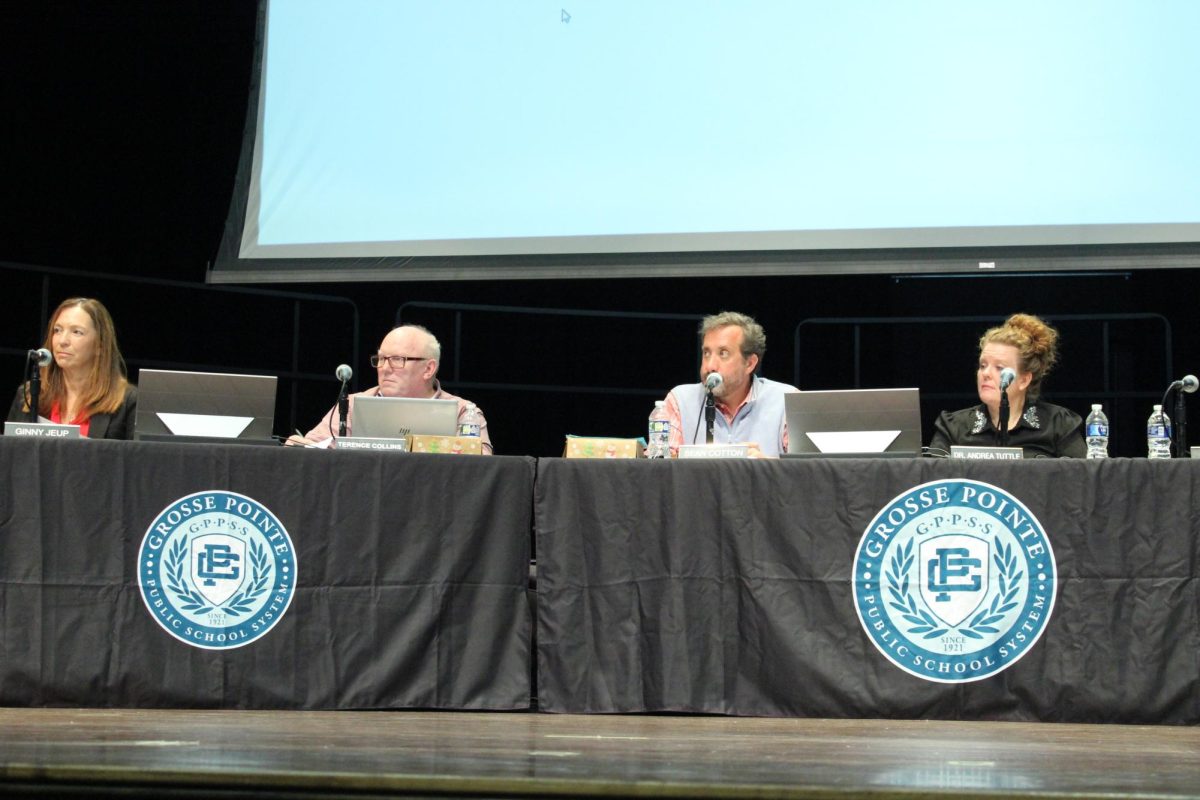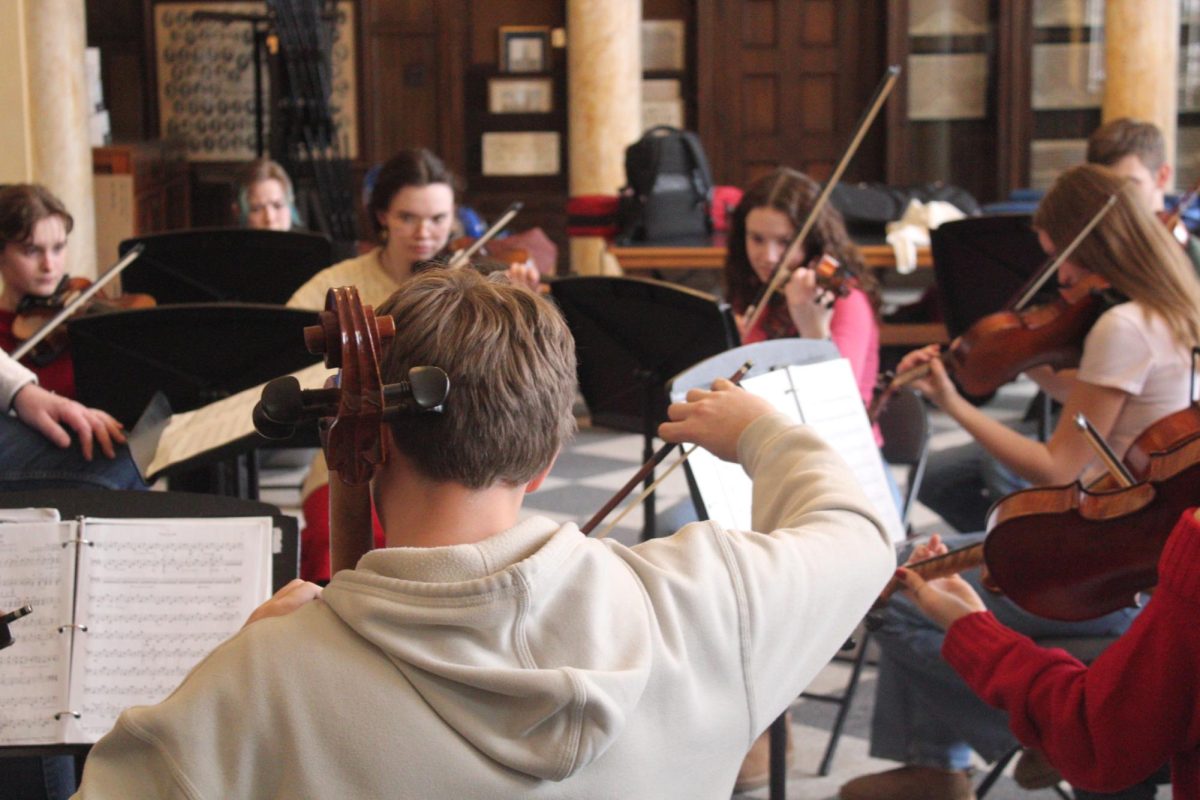Athletics have always been a core part of the American Dream. Surely, if you work relentlessly, pull yourself up by your own bootstraps and devote yourself to honing your craft, you can become a professional athlete, right? In reality, this path is not as linear. Only 6 percent of high school athletes go on to compete in National Collegiate Athletic Association (NCAA) schools and fewer than 2 percent of those compete professionally, according to the NCAA. Still, the dream of fame and fortune through athletics is sold to young, aspiring athletes as accessible, placing immense pressure—disguised as “commitment” and “grit”—on children and families.
That pressure is not always a bad thing for young athletes to learn how to overcome. Students should learn responsibility and mental fortitude before their adult lives, and high school and club sports are effective ways to do so. Players get the benefit of learning time management and dedication to a craft at an early age.
Unfortunately, the current dynamic of youth sports ties self-worth to athletic performance, creating a cut-throat culture that makes athletes feel replaceable and unimportant. This is especially apparent when looking at the staggering dropout rates in youth sports. The American Academy of Pediatrics found that 70 percent of kids are quitting sports by the age of 13 because they are burned out and no longer having fun. We at the Tower believe the goal of youth athletics should not be driven by unrealistic expectations where failure feels solely like personal shortcomings. Rather, the purpose of youth sports should be to foster passion, teamwork and personal progress. Athletes should want to win, but not at the cost of their well-being, enjoyment or long-term development.
The immense pressure placed on young athletes to succeed in their respective sports can also have a plethora of negative mental and physical side effects—effects that can even be seen at the elite level. Professional distance runner Allie Ostrander has come forth in recent years detailing the effects that the pressure to succeed in track and cross country had on her health. She developed an eating disorder in high school because she was told, similar to many female runners, that you need to be as small as possible to be as fast as possible. As she got older and discovered that this was not the key to success, she realized that these unhealthy eating habits were pushed on her largely by coaches and mentors who were supposed to be there to help her. We at The Tower believe that high school coaches and figures of authority in sports should place the health and well-being of their athletes before the team’s record.
US sports culture has also developed under a pay-to-play system, producing inequality and pressuring young athletes and their families who invest heavily in participation. As athletes rise through the ranks of their respective sport, the financial burden strengthens. Parents now must not only invest in regular club and team fees, but also the best equipment, camps, travel expenses and individualized coaching, creating a structure where financial commitment is favored over player development.
Youth sports are a staple to childhood as they help children develop life skills they can take with them in the future, but we at The Tower believe the current culture of youth athletics is toxic and bound to reduce passion and love for the game. Players should be able to enjoy their sport without the burden of financial stress and unhealthy expectations that morph into a variety of serious mental health problems. If we want sports to remain a healthy outlet for kids to learn hard work and perseverance there needs to be greater advocacy for the mental and physical well-being of young athletes as well as a greater emphasis on affordability in sports to create a level playing field.
